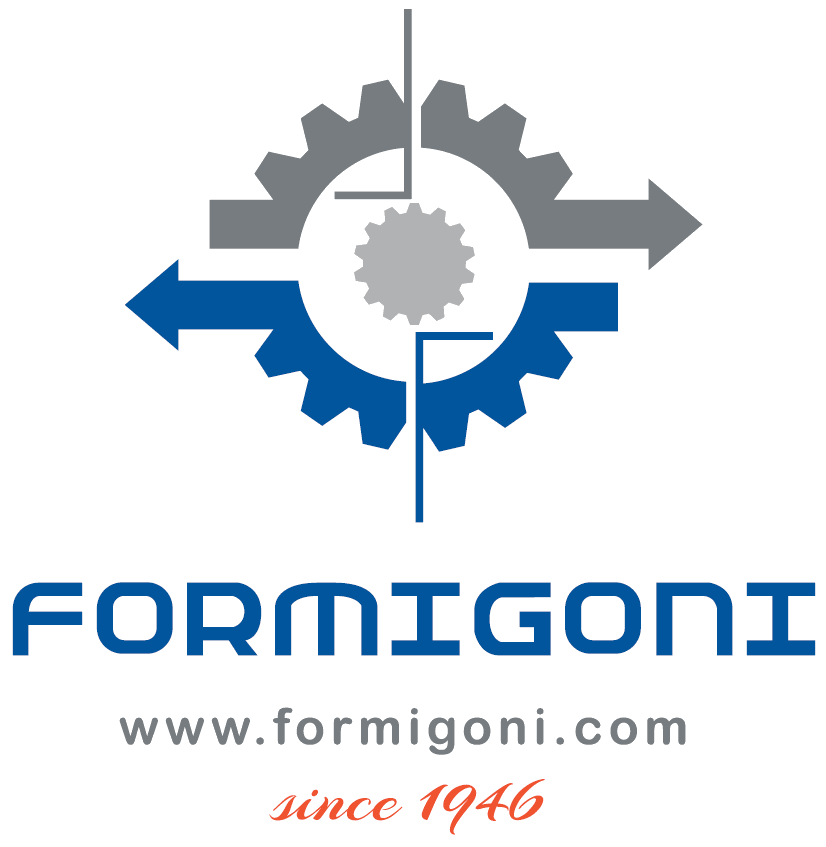
DEC IMPIANTI S.p.A.
NMP | N-Methyl-2-pyrrolidone • solvent recovery | DEC.RSC™
DEC IMPIANTI S.p.A. is a private corporation, focused on engineering and supply of turn key sustainable industrial VOCs and HAPs emission control systems for the flexible packaging, chemical, petrochemical and pharmaceutical industries. Backed with 75+ years of global experience, thanks to products of the highest quality, patented and/or innovative processes, with thousands of systems in operation, we are facing the global challenges, focusing on innovative sustainable technologies and research.
Welcome to the forefront of sustainable manufacturing in the realm of gigafactories. As the demand for electric vehicles and renewable energy storage systems continues to surge, gigafactories have become the epicenter of cutting-edge production. However, with this growth comes the challenge of managing and optimizing resources. In the pursuit of environmental responsibility and operational efficiency, the recovery of N-Methyl-2-pyrrolidone (NMP) emerges as a crucial aspect of gigafactory operations. NMP, a widely used solvent in various manufacturing processes, can now be efficiently recovered and recycled, minimizing waste and supporting the circular economy. In this article, we delve into the significance of NMP recovery, exploring the benefits, technologies, and best practices that drive the sustainable future of gigafactory production.

NMP | N-Methyl-2-pyrrolidone • properties
N-Methyl-2-pyrrolidone (NMP) has established itself as a versatile and indispensable solvent in various industrial applications. With its unique properties, NMP finds extensive use across diverse sectors, contributing to the advancement of numerous manufacturing processes.
NMP plays a crucial role in the production of lithium-ion batteries, a key component of electric vehicles and renewable energy storage systems. It acts as a solvent for electrode materials, allowing the efficient dispersion of active materials and facilitating the formation of high-performance battery cells. NMP's compatibility with various electrode materials and its ability to dissolve lithium salts contribute to the production of reliable and long-lasting batteries, supporting the transition to a greener and more sustainable future.
While NMP offers immense value in these industrial applications, it is important to note that proper handling and waste management are essential. As NMP is classified as a hazardous substance, adherence to safety regulations and the implementation of appropriate containment and recovery measures are vital to minimize environmental impact and ensure worker safety.
NMP | N-Methyl-2-pyrrolidone • VOC control
N-Methyl-2-pyrrolidone (NMP) recovery process involves the efficient extraction and purification of NMP from various industrial gas phase streams (SLA), enabling its reuse and minimizing waste generation.
Exhausted SLA from the coating hoods, once filtered, is cooled down in a DEC.RSC™ system, composed of a multi-stage heat exchanger (optionally equipped with THR1 energy recovery process). NMP is then condensed and recovered, ready for treatment offsite or through a DEC.DST™ distillation module.
The exhausted air, once removed the NMP, will be returned as fresh air intake to the coating line (optionally treated through a DEC.RBC™ concentration module), while the excess of air will be diverted to the stack (optionally treated through a DEC.AFU™ filtering unit).
Once recovered and purified, the NMP can be reintegrated into the manufacturing process, reducing the need for new solvent procurement and minimizing the environmental impact associated with its production and usage. This recovery process not only contributes to the conservation of resources but also offers economic benefits by reducing solvent costs and waste disposal expenses. Overall, N-Methyl-2-pyrrolidone (NMP) recovery process enables the sustainable management of this valuable solvent, promoting circular economy principles and supporting environmentally responsible manufacturing practices.
